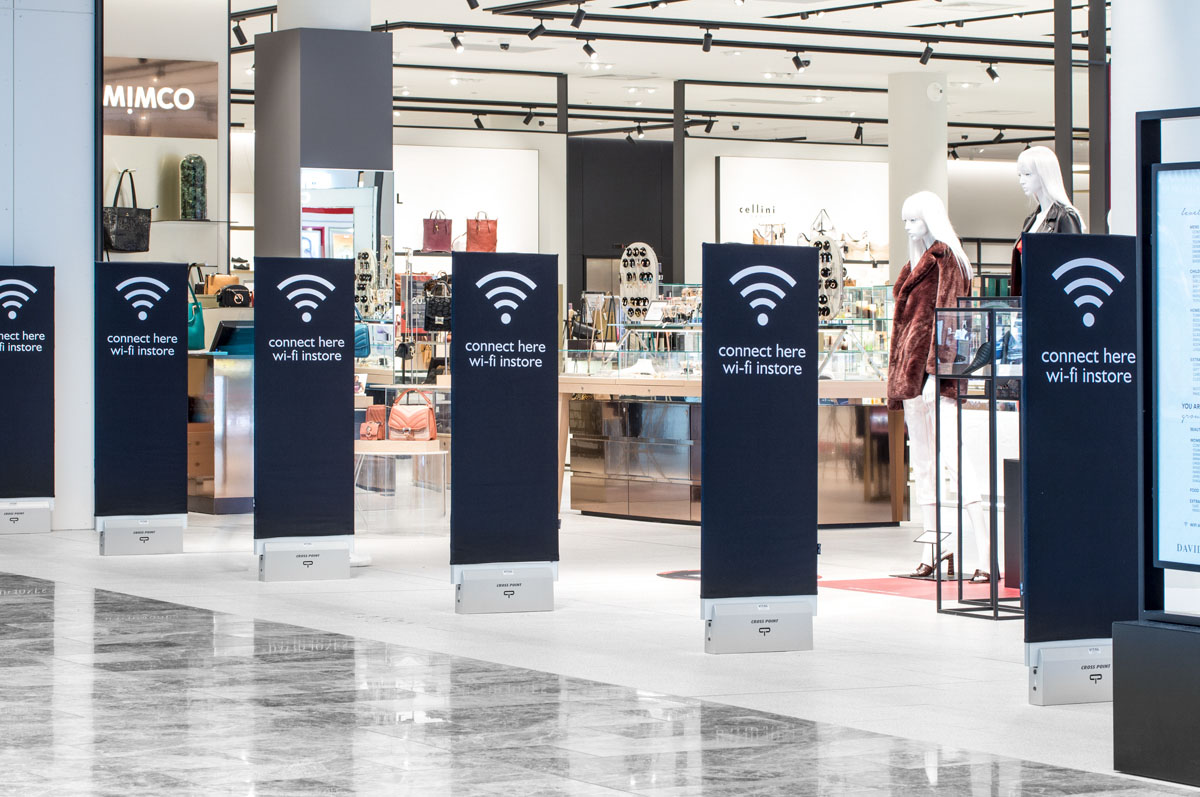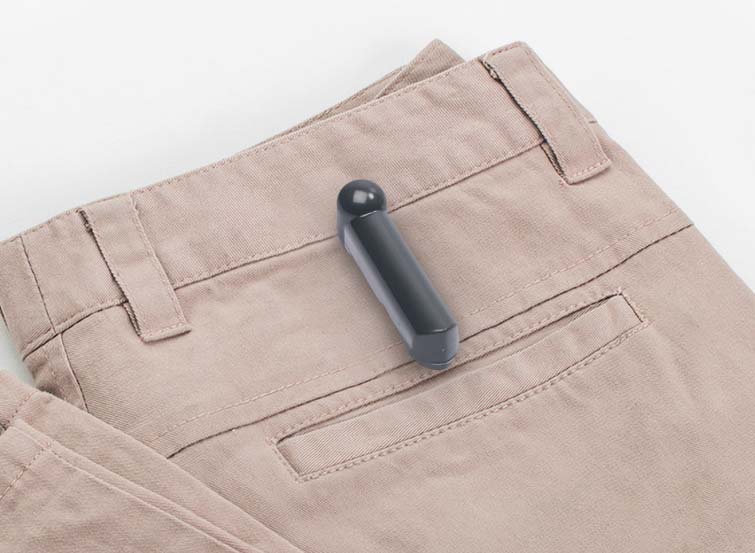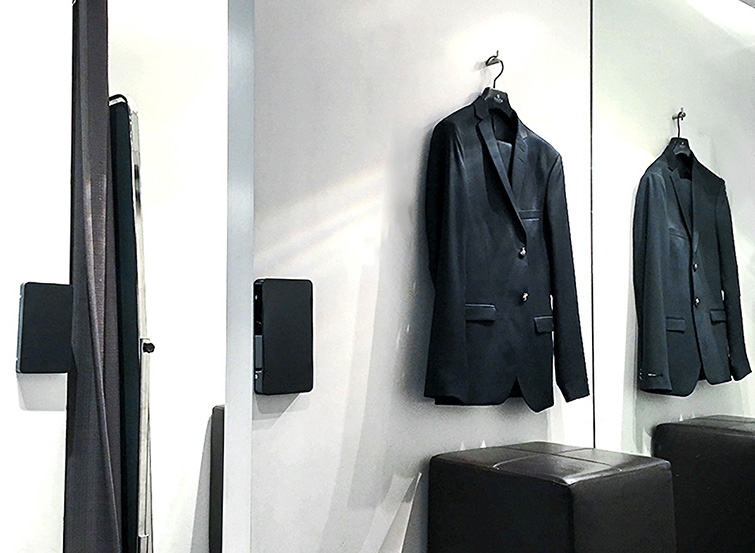Does your EAS need an update in 2022?

Like all technology, electronic article surveillance improves and evolves over time.
This is partly in response to innovation and also to the increased need for stores to remain vigilant about their loss prevention strategies.
So how do you know when it’s time to update your EAS, and what are some of the new innovations available?
The evolution of EAS
Since it first entered the retail environment in the 1960s, electronic article surveillance (or EAS) has proved a gamechanger for retailers looking to prevent shoplifting and improve their bottom line.
Using tags or labels which are affixed to products and monitored by an antenna, the system consistently protects merchandise.
Its value lies in the fact EAS monitors products and sounds an audible alarm when a theft is occurring. This allows staff to do what they do best rather than watching the door for shoplifting and theft.
As a result, EAS has become one of the most widely used theft prevention tools in retail, and typically reduces shoplifting by up to 80 per cent.
An evolution over time
In the six decades, EAS has been available, it has evolved and improved over time.
EAS pedestals and antennas have become more accurate and visually appealing, while tags have become more streamlined and harder to tamper with, and new varieties have evolved to suit specific products.

Meanwhile, new innovations like RFID and hidden antenna have become available to better cater to modern retail.
For some retailers that might mean the EAS system that suited them two, five or 10 years ago might be in need of an update.
Improved technology and incoming trends
A series of major innovations have impacted EAS in recent years. These include:
So, let’s walk through some of this improved technology and why this might be a feature that retailers should consider in a bid to update their EAS.
Hidden EAS
Hidden EAS has revolutionised the appeal of retail stores, removing the look of antennas and allowing retailers to create a beautiful store entryway that entices customers in.
Hidden EAS sees the EAS antenna concealed either at the entryway to the store in the doorframe or under the floor or positions the EAS antenna overhead.
Over recent years the uptake of hidden EAS has been escalating as retailers seek to provide improved bricks and mortar retail experience.
You can view our range of hidden EAS options here.
Improved tags
As we mentioned, the tags that communicate with the EAS antenna have improved over time.
Where once they were cumbersome, they are now more visually appealing, with specific tags also developed to suit specific products, such as optical tags for eyewear, liquor bottle tags for high-value alcohol.

Meanwhile, the systems that secure these tags to merchandise have also improved.
To briefly explain, tags generally rely on one of two locking systems: mechanical or magnetic.
New patented mechanical locking systems ensure tags cannot be opened with any magnet, while higher magnet strengths such as superlock and multipolar technology also prevent tag tampering.
For many retailers, tag strength is one simple and effective means they can employ to update their EAS system and further reduce incidents of shoplifting.
You can view our tamper-resistant tag solutions here.
RFID
RFID has shifted the retail landscape for a number of reasons.
Not only is an RFID EAS system incredibly accurate, but it can also accommodate inventory management, including up-to-the-minute inventory counting, and detailed information about stock at hand.
For retailers, this means their security system now has the capability of improving in-store efficiency, reducing out of stocks and also providing product data that improves the customer experience.
EAS in the fitting rooms
The fitting room has long been a shoplifting trouble spot for apparel retailers.
Out of sight, this area provides a place where shoplifters can potentially conceal items or tamper with tags.

The Fitting Room Guard uses EAS to monitor the change rooms, sounding an alarm when a tag is tampered with.
Gain further insight into how the Fitting Room Guard operates here.
Additional EAS functions and add ons
In addition to all the improvements listed above, EAS is now compatible with additional functions like traffic counting.
Again, this feature is designed to improve retail operations and ultimately the customer experience, allowing retailers to understand when they are likely to be busy, trends in conversion from customer walk-in to product sale, and more.
To chat with us about the ways you can update or improve your EAS system, contact our friendly Vitag team on 1300 773 884.